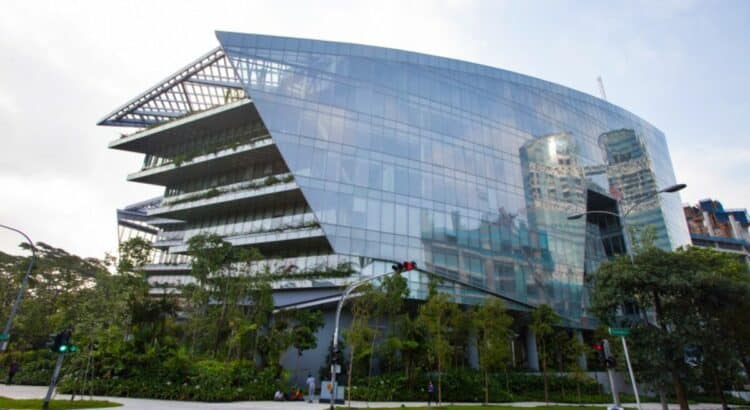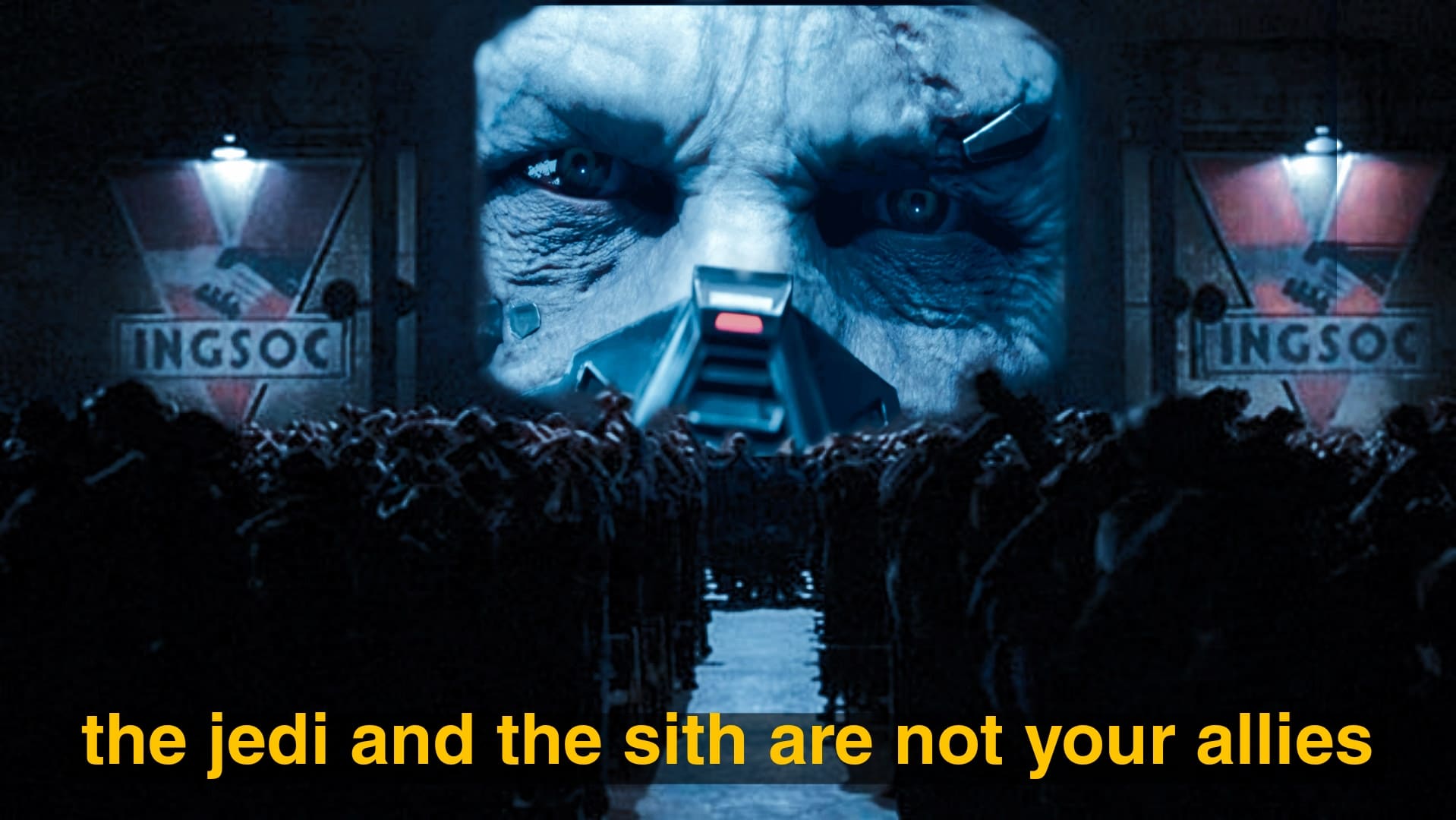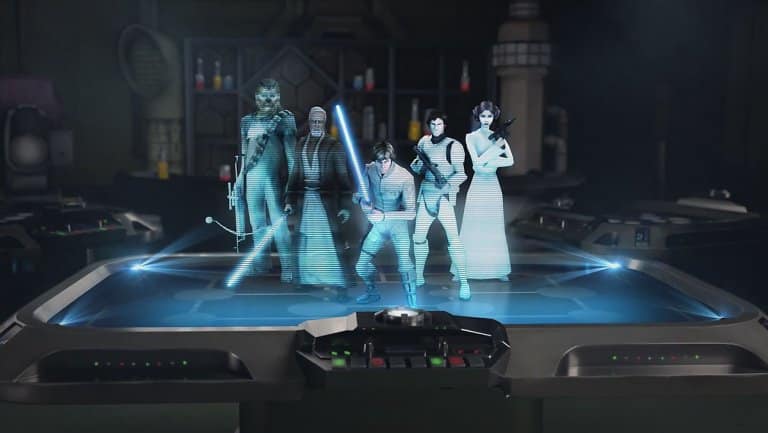In a galaxy not so far away, the lights are dimming on a significant chapter of the Star Wars universe. Lucasfilm, the powerhouse behind the iconic Star Wars franchise, has announced the closure of its Singapore visual effects and animation studio. This move, described as an effort to “consolidate their global footprint,” marks the end of an era for Star Wars fans and the animation industry in Singapore.
A Pillar of Animation Excellence
Established in 2004, the Singapore studio, a division of Industrial Light and Magic (ILM), served as the lead studio for Star Wars: The Clone Wars. This animated series, which launched in 2008 with a feature-length movie, bridged the narrative gap between the films Attack of the Clones (2002) and Revenge of the Sith (2005). It brought depth to the Star Wars galaxy, exploring political intrigue and the epic struggle between the Sith and Jedi.
A New Generation of Star Wars Fans
The Clone Wars played a pivotal role in introducing a new, younger audience to the Star Wars universe. At a time when the franchise had largely shifted its focus to books, comics, and video games following the prequel trilogy, this series was a breath of fresh air. It introduced fan-favorite characters like Ahsoka Tano, Anakin Skywalker’s former Padawan, who is set to star in her own live-action series.
The Human Impact: A Team Disbanded
The closure of the Singapore studio is more than a corporate decision; it has a human face. Approximately 300 talented animators and designers are affected by this move. Luke Hetherington, the executive overseeing ILM’s Singapore and Sydney studios, told Variety that efforts are underway to help these workers find new opportunities, including hosting a job fair in Singapore.
Singapore’s Animation Legacy
Despite the studio’s closure, its impact on Singapore’s animation scene is indelible. Two Singaporean government agencies, the Economic Development Board and the InfoComm Media Development Authority, released a joint statement expressing optimism for the future. They highlighted how Lucasfilm’s leaders actively contributed to training generations of students in digital and tech skills at polytechnics and Institutes of Higher Learning in Singapore. The work of ILM over the past 17 years is seen as a foundation that will continue to benefit Singaporeans and solidify Singapore’s position as a hub for animation.
Economic Realities
A Disney spokesperson cited “economic factors affecting the industry” as a significant influence on this decision. The closure of the Singapore studio is a stark reminder of the volatile nature of the entertainment industry, which, like many others, is not immune to economic pressures.
Conclusion: The End of One Chapter, The Beginning of Another?
As the sun sets on Lucasfilm’s Singapore studio, we are reminded of the transient nature of the industry. But is this truly the end? The skills and talents nurtured there will continue to ripple through Singapore and the world. The characters and stories it helped bring to life will continue to captivate audiences for generations to come.
So, as we bid farewell to this chapter of Star Wars history, we can’t help but ask: what new adventures await in a galaxy far, far away?
FAQ: Closure of Lucasfilm’s Singapore Studio
Q1: Why is Lucasfilm closing its Singapore studio?
A1: Lucasfilm is closing its Singapore studio as part of a move to “consolidate their global footprint.” Economic factors affecting the industry were also cited as a significant influence on this decision.
Q2: When was the Singapore studio established?
A2: The Singapore studio, a division of Industrial Light and Magic (ILM), was established in 2004.
Q3: What was the primary project of the Singapore studio?
A3: The Singapore studio served as the lead studio for Star Wars: The Clone Wars, an animated series that launched in 2008.
Q4: How many employees are affected by the closure?
A4: Approximately 300 animators and designers are affected by the closure of the Singapore studio.
Q5: What is being done to assist the laid-off employees?
A5: Luke Hetherington, the executive overseeing ILM’s Singapore and Sydney studios, has mentioned that efforts are underway to help these workers find new opportunities. This includes hosting a job fair in Singapore.
Q6: What is the significance of Star Wars: The Clone Wars?
A6: The Clone Wars played a pivotal role in introducing a new, younger audience to the Star Wars universe. It bridged the narrative gap between the films Attack of the Clones and Revenge of the Sith and introduced fan-favorite characters like Ahsoka Tano.
Q7: What is the response from Singaporean government agencies to the closure?
A7: Two Singaporean government agencies, the Economic Development Board and the InfoComm Media Development Authority, released a joint statement. They expressed optimism that the work ILM had done to train animators over 17 years would continue to benefit Singaporeans and help establish Singapore as a hub for animation.
Q8: Will this closure affect the availability of Star Wars: The Clone Wars series?
A8: No, all episodes of Star Wars: The Clone Wars are still available to stream on Disney+.
Q9: Is this closure indicative of problems within the Star Wars franchise?
A9: The closure is described as a move to consolidate Lucasfilm’s global footprint and is influenced by economic factors affecting the industry. There is no indication that it is directly related to problems within the Star Wars franchise itself.
Q10: What does this mean for the future of Star Wars animation?
A10: While the closure of the Singapore studio marks the end of a significant chapter in Star Wars animation, it does not necessarily signal the end of Star Wars animated projects. Lucasfilm and Disney continue to produce new Star Wars content, including animated series.






